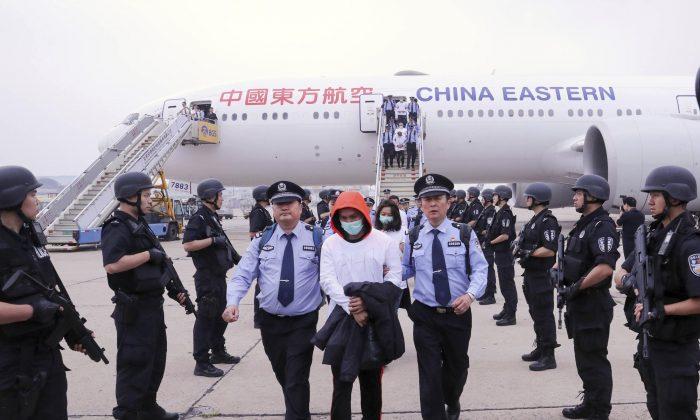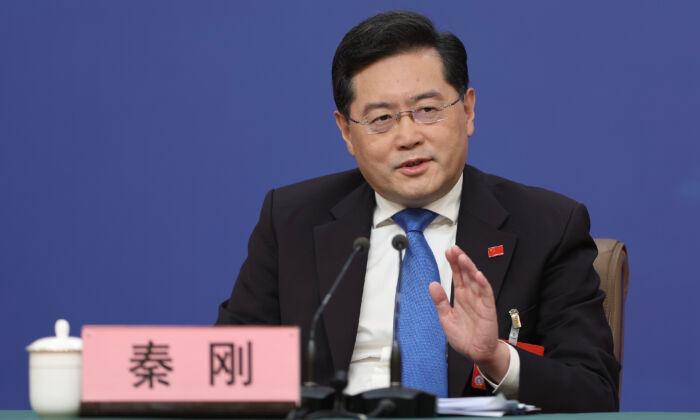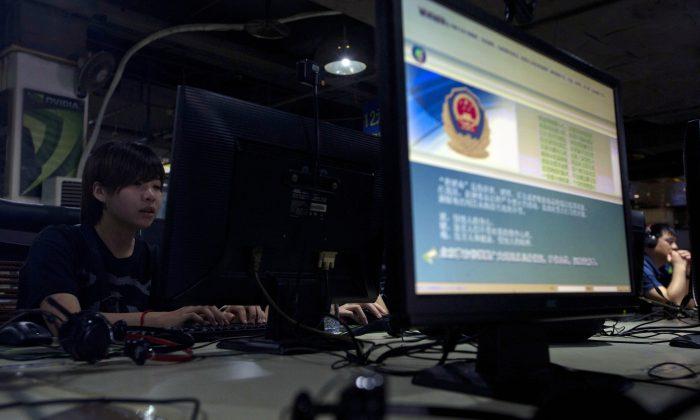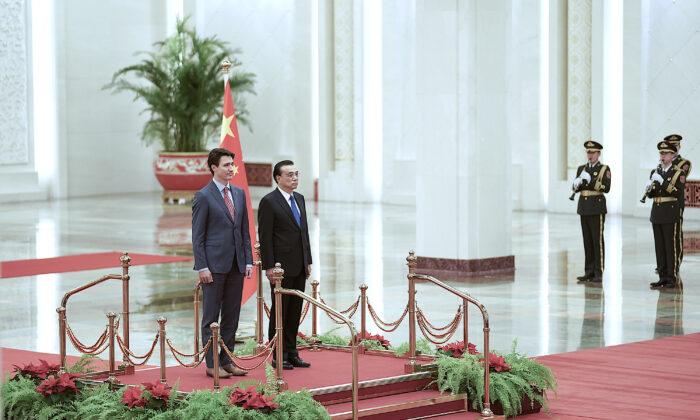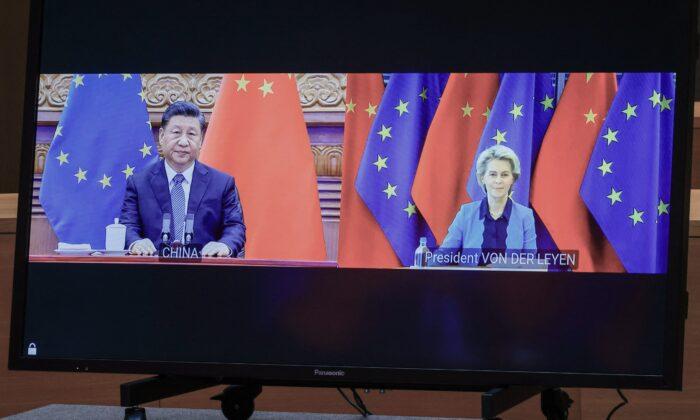The use of exit bans is more complex than a news headline can capture. There are, of course, good reasons for using exit bans, for example, to ensure that those facing criminal proceedings or out on bail pending judicial procedures don’t escape. However, in China, exit bans mostly serve a very different purpose. In fact, different types of exit bans seemingly serve several other purposes.
Ethnic minorities, particularly Uyghurs, are blocked from leaving unless explicitly given permission; the Chinese Communist Party (CCP) is likely afraid of the damage that the growing Uyghurs diaspora abroad can—and already is—causing to China and, in particular, its attempted soft power push. In fact, a 2019 document outlined that merely applying for a passport was a valid reason to place an Uyghur into the “labor camps” that now fill the Xinjiang region.
Exit bans also apply to Hui Muslims, although more exclusively to curb religious travel, fearing that such could strengthen their religious convictions, which, in turn, represents a clear threat to CCP supremacy.
Human Rights Defenders Targeted
More well-known, perhaps, is the use of such exit bans on human rights defenders. Here, a combination of the “lawful” use of such exit bans, indirect methods such as confiscating passports, and the illegal issuing of exit bans to immigration authorities without any legal basis or process comes into play. Since 2018 at least, such use has swelled from being a rarity to now almost being a norm. Very few rights defenders in China can leave. What used to be a last resort to escape police persecution has now been almost entirely closed.The CCP not long ago showed its brutality when it had Guo Feixiong stopped at the airport and banned from leaving the country, despite his reason for travel being to see his hospitalized and dying wife. Guo, his wife, and others all called upon Beijing to allow him to leave. The situation became a major news story, and two days after his wife passed away, Guo was taken by police and charged with inciting to subvert state power.
A similar case is that of Tang Jitian, who needed to go to Japan to see his daughter, who had fallen into a coma. It again became an international news story. Tang was disappeared not long after.
It’s clear that the main reason for Guo’s arrest and Tang’s disappearance was the attention their cases drew to the CCP’s latest tool of repression, using exit bans to target rights defenders.
Of course, indirect exit bans also apply to an extensive part of China’s extended civil service and public officials. Certain parts of the police force, intelligence officers, and, more recently, even teachers are banned from leaving China except when given explicit approval. In some cases, authorities are fearful that people can be targeted by foreign espionage operations; in other cases, they’re afraid that people can experience things that could undermine their belief in the CCP and the regime.

There are no exact numbers on China’s growing trend of, like the Soviet Union, forbidding its citizens to leave the country. There are some numbers, of course. Through analysis of judicial decisions in the Supreme Court-run database, Wenshu, one can see that the number of cases that mentions exit bans has increased eightfold since 2016. This puts its use, right now, into the tens of thousands every year and growing fast.
However, it concerns only those cases that are actually uploaded into that database, and a great many aren’t. It also doesn’t, of course, touch upon the use of illegal exit bans against human rights defenders. Nor does it include the millions of people with blanket exit bans on them because of their ethnicity, such as Uyghurs. And it also doesn’t include the millions of teachers, police officers, and public officials with indirect exit bans on them. Thus, the real number stands in the millions—if not far higher.
Foreigners Targeted
One part of exit bans that caught the media’s attention is that they’re used against foreign citizens, ranging from foreign journalists barred from leaving, usually for shorter periods, to family members being kept in China, sometimes for years, as authorities tried to get their family member to return to face some form of a judicial proceeding. Likewise, foreign businesspeople that end up in disputes with their Chinese counterparts, already disadvantaged in a corrupt legal system, are often prohibited from leaving, sometimes for years.Some governments, led by the United States, have started responding to this by raising travel advisories on travel to China, specifically highlighting that their citizens can be stranded and trapped for prolonged periods, sometimes as a bargaining chip in a conflict not of their own making.
Alongside the massive increase in the use of exit bans has also come a flurry of legal reform. There are at least 14 key laws and regulations that allow for issuing exit bans, and come July 1, the revised Counter Espionage Law (the 15th revision) will come into force. Several bodies, including non-law enforcement and non-judicial bodies, can now issue exit bans, and they can do so without any judicial process and without the targeted individuals facing any kind of judicial proceeding against them at all. In fact, several laws allow the issuance of exit bans simply because they claim a person leaving could threaten national security or have a negative impact on the “national interest.”
Chinese leader Xi Jinping can now add another crown to his already crowded head; he has made China second only to North Korea in its embrace of trapping its own citizens inside a cage. A large cage for sure, but a cage nonetheless.
